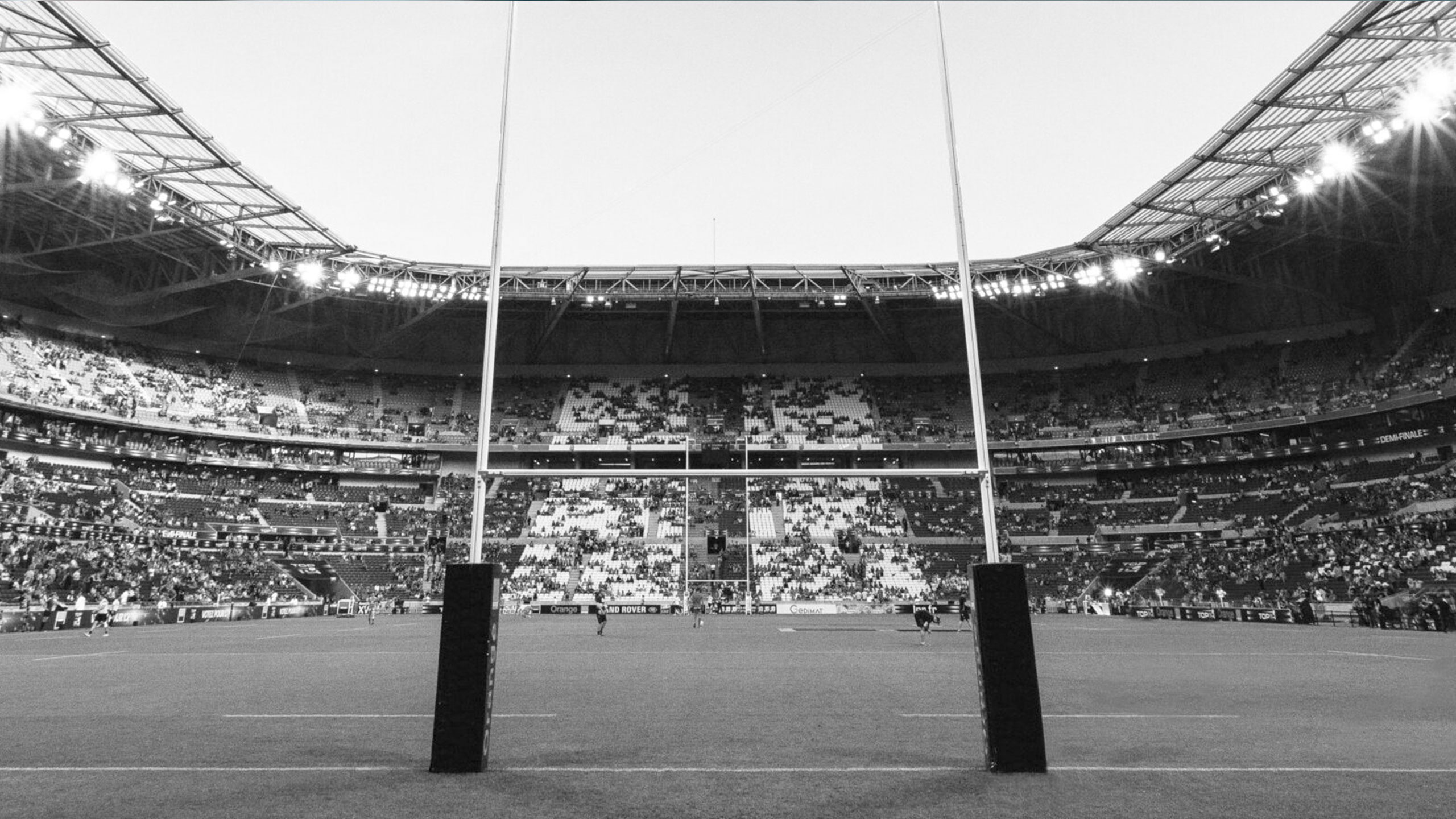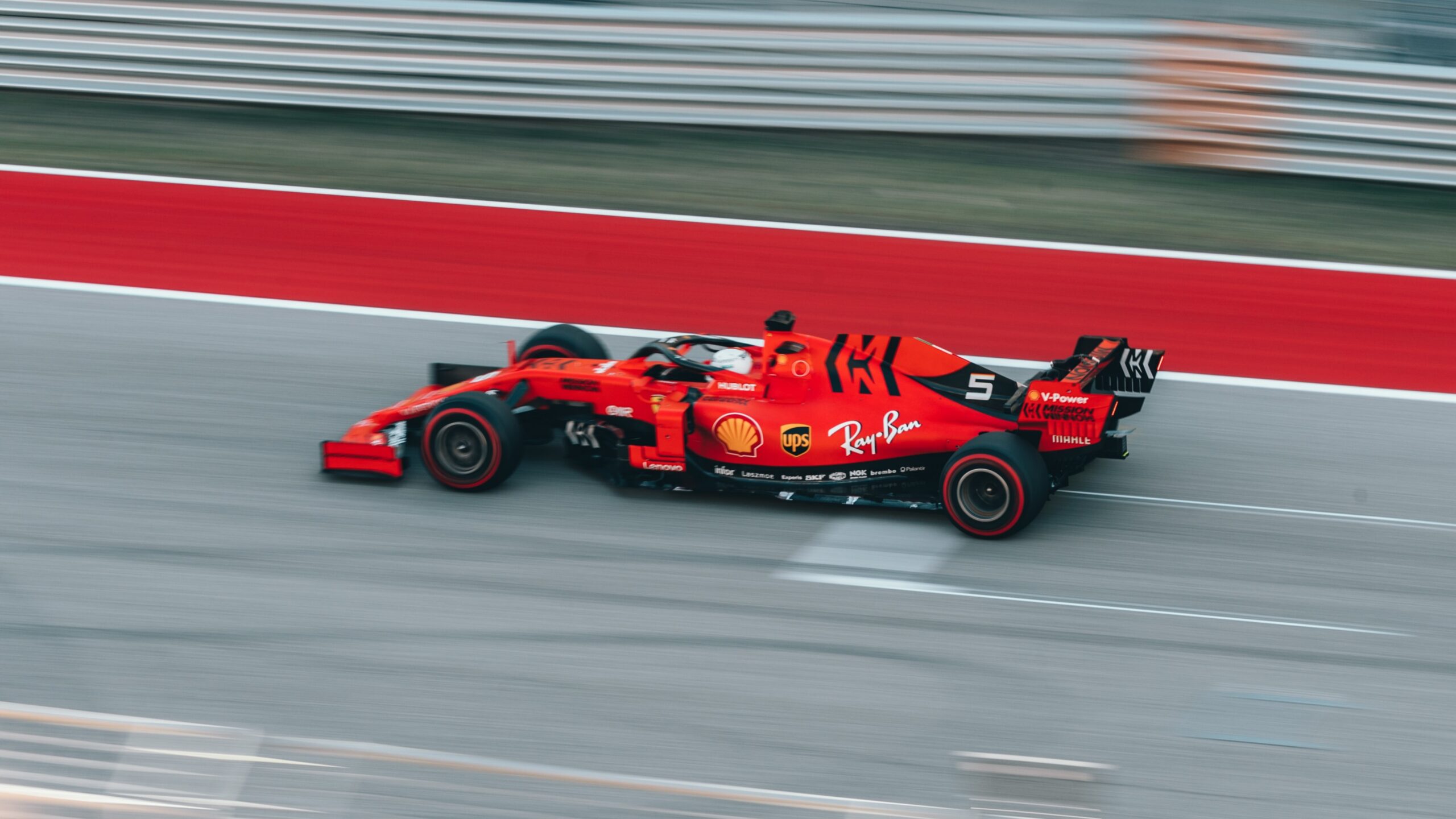Premier League PPV – the Publicis Sport & Entertainment ‘office’ debate
22 October 2020

By Martyn Turze | Consumer Research Account Director
Martyn Turze, consumer research account director at Publicis Sport & Entertainment, highlights 11 key points from the agency’s internal discussions on pay-per-view Premier League matches conducted via the team’s Whatsapp group.
The announcement of pay-per-view Premier League matches on October 9 prompted discussions all across the country about how we pay to watch Premier League football. The Publicis Sport & Entertainment team, like fans, journalists and broadcasters everywhere joined in the conversation.
Firstly, the key facts of the announcement:
– Five Premier League fixtures each week would be shown across Sky Sports and BT Sport as previously.
– In addition, the five matches per round not being shown on Sky Sports and BT Sport, will be available on a pay-per-view basis, for £14.95, on BT Sport Box Office and Sky Sports Box Office.
We had all learnt the news from different sources and there were many questions to be asked and comments to be made as the story developed and details became clearer. The conversation, among a group of consultants and researchers working within sports went something like this:
– “I get that they need the money …”
While we all agreed on little during our conversation, we were able to understand why this decision might have been made and why the clubs feel the need to bring in revenue in place of lost matchday revenue. It is reported that lost matchday revenue for the end of the 2019-20 season cost the Premier League clubs over £300m, before thinking about lost revenue for this current season.
– “But won’t Sky and BT be getting most of the money?”
This is where it gets trickier. This comment came from someone under the impression that the broadcasters will receive the majority of the revenue raised, while others (myself included) were under the impression that the money would mostly be going to the clubs. During the afternoon after the announcement, I had read comments from journalists along these lines, including Martyn Ziegler, chief sports reporter for The Times, stating “profits to clubs not Sky and BT”. It’s also worth noting that the discussion of Sky’s and BT’s earnings here were only considering their share of the £15, but we assume that there’ll still be advertising during the broadcast, and the broadcasters will profit from this too.
– “So, is this about saving the football pyramid? Will the Football League be receiving a share?”
– “If fans knew they were safeguarding football in this country by paying that money, I’m sure they’d be able to stomach it”
The idea suddenly seemed much more acceptable to some when it was considered a necessary act to help protect the nation’s football clubs and not just those in the Premier League. And this is where it gets interesting: the context of a transaction. Some people’s attitudes toward their likelihood to transact changed not because of a lowering of the price, but, in effect, a change to the product they were purchasing. They were no longer thinking of it as £15 to simply watch a football match, but £15 to watch the match and donate to ‘lower league’ clubs in need of help.
– “But still, £15?”
Ok, let’s face it, the price and its positioning was the biggest talking point. Obviously, people were quick to say whether or not they would be willing to pay it, but it was the conversation around the pricing strategy, and its potential impact which was much more interesting.
– “I’d rather spend £15 on beer and watch it at the pub”
I’ve heard comments like that many times when researching the price of sports broadcasting, and particularly football, and I wasn’t surprised to hear it during this discussion. The fact that these matches would be an additional charge on top of subscription fees already paid, only increases this type of reaction. It’s an event requiring an active choice, so why not make an occasion out of it? Football fans all over the country (where pubs are open) will be making this choice if they decide the game is worth watching, and it’s an easy comparison to make to understand its potential value.
– “I paid £10 to watch [a certain Championship team] last week. I wouldn’t every week, but seems a fair enough price to me”
– “NOW TV daily passes have already set a benchmark”
Consumers will benchmark one price against another, whether it’s the number of beers bought at the pub as discussed above, dividing monthly fees by the number of games watched, or other PPV options currently in existence (or options which feel like they’re PPV). We all have a way of assigning a monetary value to watching a football match on TV and will then compare against it. Whether these benchmarks are then used to justify the £15 price point or not, is up to the individual.
Fans of Football League clubs have been paying £10 for iFollow for a while now, so can the Premier League justify it being worth £5 more? Fans of Premier League football are not inherently more likely to have higher incomes and be able to afford the extra £5. The broadcasters will have their teams and equipment at the grounds, anyway, for highlights purposes, so aren’t necessarily incurring additional costs. If Sky Sports is showing two or three matches during the time of a NOW TV Day Pass, then how can one Premier League match cost £15 when 24 hours of football costs £9.99?
– “If it was 100% PPV, then £15 seems okay”
And yet again, the context of the pricing is pivotal to the reaction. Someone thought the price is okay, if they’re not paying out for subscriptions as well. £15 per match, when picking and choosing which matches is a very different proposition than £15 per match on top of already paying to access other matches, some/most of which might not be watched.
– “But the Premier League has to protect where their money comes from”
Admittedly, this is the part of the conversation that is much more likely to have occurred within our ‘office’ chat, than in pubs across the country. The Premier League’s TV deal with UK broadcasters is worth £5bn for 2019-2022. Any changes made by the Premier League at the moment due to coronavirus – albeit temporary – can’t put this revenue at risk. But what does that mean in regard to the proposed £15?
– “Talk of £5 or free games, seems to completely ignore where the money for the PL actually comes from”
– “Putting the additional matches at a price point that stops fans cancelling their subscriptions to watch on a pay-as-you-go basis make sense to protect the broadcast deals”
And this is the crux of the matter and the part of the pricing strategy conversation, which consumers are less likely to consider. The Premier League’s choice of £15 is not a short-term decision, and is not simply about take-up over the next few months. The Premier League’s TV revenue comes from subscribers committing to monthly amounts in order to have a range of matches to choose from. The vast majority don’t watch every game, and may even prefer to pay for just the matches they watch, and so, this is the calculation that has been made.
Read this: Matchday revenue is just one small piece of the Premier League PPV puzzle
For the Premier League to protect its revenue in the long term, the price per game needs to quickly add up to an amount comparable to, or more than, that currently paid in subscriptions. Otherwise, we’ll all quickly adjust to paying [insert £5/£7/£10] and expect that all matches can be offered at that price.
For a lot of current subscribers, average monthly spend would likely fall below that currently paid, and while there would be a group who might pay more than they do currently, it’s a huge risk for the Premier League and its broadcasters to take, for it to deliver at least the same revenue as it does currently.
– “But it’s going to encourage a lot more piracy, which then further devalues Sky & BT in the future”
– “Ultimately the Premier League will have to learn the lessons that the music industry did. Piracy is too easy”
It was only a matter of time before the ‘p’ word came up in our conversation. On Friday afternoon, shortly after the Premier League announcement, the phrase ‘IPTV’ was trending on Twitter in the UK. In fact, on Friday, mentions of IPTV increased against the day before by over 1,500 per cent (credit to our social team for that stat). While admittedly, IPTV is not by definition illegal or pirated, it was certainly being used on Friday as a shorthand for illegal streams and suppliers of illegal streams.
There will be those who use the Premier League’s announcement as an excuse to watch illegal streams, and it may encourage further use of them. Within the industry, there’ll be sympathy for an organisation being expected to consider piracy within their pricing strategy. But if Friday’s Twitter response was anything to go by, then this is the reality in which the Premier League and its broadcasters operate.
– “Regardless, asking for that kind of money with the backdrop of everything that’s going on is the issue”
– “It’s damaged the Premier League brand”
– “From a PR perspective, I think it sends a terrible message that the Premier League is greedy and doesn’t understand fans”
Whether or not we were willing to pay the £15, it was widely thought that it is the perception of the Premier League that has suffered. Almost every report of the announcement referenced the £1.2bn spent by Premier League clubs in the transfer window closing just four days before it. At a time when so many people have suffered redundancy, wage reductions or are fearful for their jobs, the Premier League asking for £15 for matches which only two weeks earlier weren’t being charged extra for, looks bad.
It is a challenging environment in which rights-holders operate, particularly in regard to broadcast revenue. As the financial impact of coronavirus on sport continues, and the nature of selling content develops as it has, rights-holders will need to consider closely, not only the revenue streams available to them, but also the communication and packaging of them to consumers.
THOUGHT LEADERSHIP – Continue Reading


